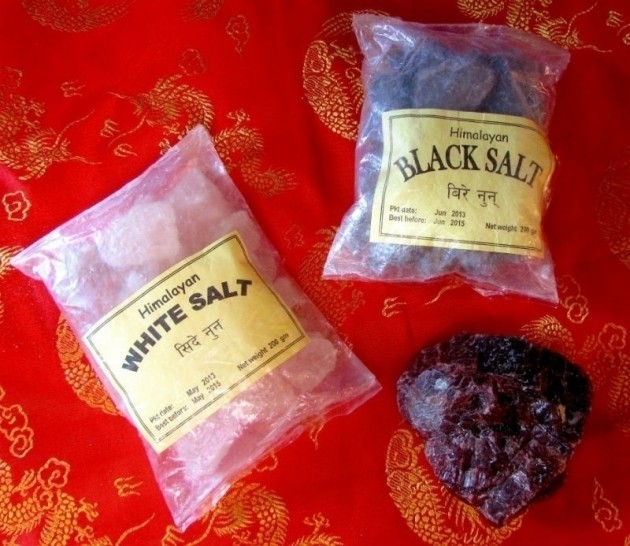- Partial (incomplete): break across the bone is incomplete.
- Complete: bone is broken in two pieces.
- Closed (simple): broken bone does not protrude through the skin.
- Comminuted: bone is splintered at the broken area and many smaller fragments of bone are found
between the two main pieces.
- Greenstick: only occurs in children and is defined by having one side of the bone break and the other side just bend. Often seen in the radius.
- Spiral: breaking force twists the bone apart.
- Transverse: occurs at right angles to the bone.
- Impacted: one fragment is forcibly driven into the other.
- Colles': fracture of the distal end of the radius, and the fragment is displaced posteriorly.
- Potts': fracture of the distal end of the fibula, with serious injury of the distal tibial articulation.
- Displaced: correct anatomical alignment of the bone is not maintained.
- Nondisplaced: correct anatomical alignment of the bone is maintained.
- Stress: partial fracture resulting from the inability of the bone to withstand repeated stresses (e.g. doing aerobics on hard surfaces, running long distances). Almost a quarter of the stress fractures involve the fibula, particularly the distal third.
- Pathologic: fracture that is a result of normal stress on a weakened bone. It occurs in such diseases as
osteoporosis, neoplasia, osteomyelitis, and osteomalacia.
Nutrients Involved
Vitamins C, D, B6, and K; B-complex; calcium; zinc; magnesium; boron; silica
Suggested Nutritional Supplementation
- HP 16 Traumatic Injury Remedy - 10-15 drops under the tongue 3 times daily on empty stomach. (for 1
bottle)
A high quality, hand-made homeopathic formula designed to support recuperation after traumatic injury
Restrict caffeine and menthols.
- Cal-Apatite Plus - 4-6 tablets daily with meals. (for 4-6 weeks of healing) MCHC with ipriflavone and vitamin D.
- Protrypsin - 5 caplets 3-4 times daily for 3-5 days on empty stomach.
Select proteolytic enzymes.
- Chondro-Relief Plus - 3-6 capsules daily with meals. (for 2 bottles) Comprehensive joint & soft tissue support, with MSM.
Dietary Suggestions
- Anti-Inflammatory Diet
- Increase foods rich in calcium, vitamin C, vitamin D and B-complex
Exercise Considerations
- Passive exercise: For each joint on either side of fracture begin as soon as possible within limits of pain. Do not overdo. Be cautious of creating muscle spasms.
- Water exercises: Lower extremities for stress fractures
- Non-contact exercises:
1. Sitting at edge of pool with feet in water, make circles with one foot at a time, being sure to move
ankle through full range of motion.
2. With feet dangling in water do ankle flexion and extensions.
3. Sitting at edge of pool with one foot slightly immersed, trace out the letters A, B, C just under the water.
4. With feet in water up to the knees, sitting at edge of pool, kick out away from pool edge one foot at a
time.
5. With body in the pool, hold onto pool edge and do straight leg kicks.
6. Same as #4 except using fins.
Contact exercises
1. Walk in water which is about chest high.
2. Standing in chest-high water, hold onto edge of pool while raising up on toes.
3. Same as #2 except do one foot at a time while other leg is raised from bottom of pool.
4. In shoulder high water, hop on one foot.
Workout schedule
- Week 1 and 2: only first 3 exercises, 3 days per week, 2 sets at 10 reps.
- Week 3 and 4: add 2 exercises each week, 5 days per week, 3 sets at 10 reps.
- Week 5 and 6: add more exercises, 6 days per week, 4 sets at 10 reps each.






